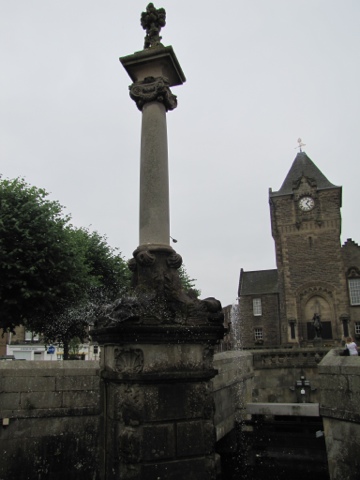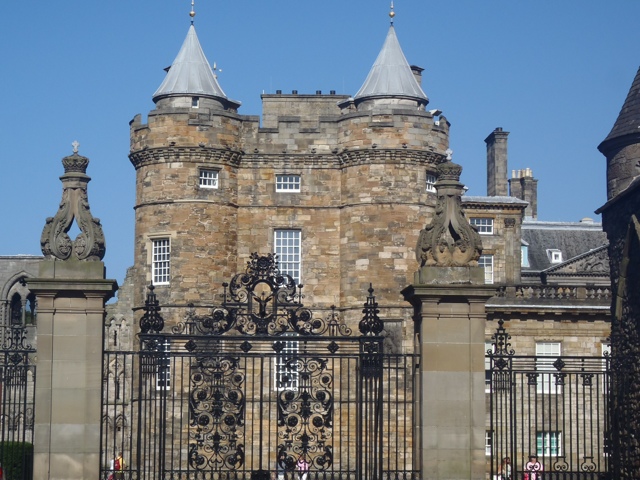FIFTY years on, Beatlemania is alive and well in London. Just don't mention the "B" word to residents, cabbies, motorcyclists and bus drivers in Maida Vale - home of Abbey Road Studios.
We had missed a pilgrimage to Abbey Road on our initial arrival in London. As our sport scientist son has just moved here to pursue his career as a football games analyst, he offered to turn tour guide for the day and take us there with his girlfriend.
They already had visited the famous zebra crossing outside the studios that features on the Beatles' Abbey Road album cover. So we soon found ourselves hopping off the train at Maida Vale station before the short walk through suburban streets.
The crowd that gathers virtually every day and every night at either end of the crossing is a dead giveaway that you're in the right place.
And as the white-walled studio building comes into view behind tall black iron gates, the writing is on the wall ... literally. Fans from all over the world write their name and messages of enduring love for the Lads from Liverpool who changed popular music forever.
A photo here and there of the fence "graffiti" and of the studio sign and we were ready to recreate the photo from the album cover.
Easier said than done.
You see, this is a very busy street. Double-decker buses, cabs, general traffic and pedestrians constantly use this intersection throughout the day. And they don't take too kindly to having fans freeze like statues on the crossing while a friend takes their photo either from one end or another or, worse still, the middle of the road.
Frustrated locals sometimes beep, yell abuse, and shake their heads at the time-wasting. But the fans don't seem to care.
We witnessed an hilarious sight when a young Spanish boy on several occasions rushed out before the crossing to stop the traffic coming down the road - all the while yelling in his native tongue and putting up his hand like a traffic cop - so his friends could get their picture. He was cheered by the crowd.
While we waited (and waited) for the cars, buses and motorbikes to disappear before attempting our crossing photo, we then had to battle the masses with similar ideas - everyone laughing with delight.
In the end, our photo attempt was embarrassingly pathetic as we were more concerned with not getting run over. And then there was the fact we only had three in our "band".
But it made for the funniest moments on our trip to date.
Lesson of the day: Playing chicken with the traffic is never a good idea. I'm sure authorities closed off the street for John, Paul, George and Ringo. Unfirtunately, we're not quite up to that celebrity standard.






















































